- Learning time
- 20 minutes
- First play time
- 30 minutes
Hats
Designed by: Gabriele Bubola
It’s the Mad Hatter’s tea party! And obviously you the players want to ‘win’ the party by having the best Hats.
Well, it’s a frankly bizarre conceit, but if the Alice in Wonderland theme evaporates once you start playing – and it does – then the game of Hats does stay true to its source material in providing an otherworldly, inscrutable, slippery experience.
The deck is made of seven suits numbered 1 to 6. It gets shuffled; every player is dealt nine cards, and six cards are laid face up on the board in the 1 to 6 spaces. Then play begins. What you do couldn’t be much simpler: you replace a card on the display with one from your hand: the card you’re adding must either match the suit of the card you’re displacing, or be a higher number of any suit. The old card is placed in front of you, starting (or continuing) a set of that colour.
Why you do it, however, is a very different kettle of fish, and it’s probably worth jumping to the end of the game and scoring in order to explain. The game is over when the last player has played their eighth card, meaning everyone has one card left in their hand. Now everyones’ cards score. Or to be precise, you hope your cards will score, because any suit that isn’t visible face-up on the board is now worth zero points. Those suits that are present are worth points-per-card equal to the slot they’re in on the display: 6 points per card for the sixth slot, all the way down to 1 point per card for the first (if a suit appears more than once on the board, it scores for the lowest slot) There’s a 5 point bonus (the ‘cookie’) for the player with the most diverse sets of cards, and everyone scores their ‘favourite’ – this is the card left in their hand. The favourite is scored by subtracting its number value from the number value of the matching set you have face-up – if any. It’s possible to score big this way – but it’s also possible to score negative points!
So, reversing back through time, that simple action of replacing a card from the display with one from your hand is now loaded with ramifications, particularly once you start factoring in what your opponents are up to. It’s no good collecting cards that won’t score, and so uneasy alliances may be forged to try and make sure certain suits score and others don’t. There’s a potential catch-22 at the heart of each turn, because removing a suit you don’t want an opponent to score means… you’re now collecting that suit. So you want it to score! And likewise, trying to engineer a collection from your hand to your sets means going via the hazardous route of the board, where others may claim it…
There are two optional actions on your turn as well. Before or after you play, you can choose to discard a card from your hand and take a replacement from the top of the deck, giving you a modicum of flexibility and arm-chancing: the longer the game goes on, the less likely it is you’re going to pick up anything useful!
The other option is instead of claiming a card from the display, you can play a card from your hand face-down as an ‘eighth suit’ – the black hats. These are only worth a point each and will never appear on the display, but it can function as both a way to claim the cookie and avoid leaving a card on the display you don’t want there.
In a four-player game, players play a semi-co-operative variant of teams, where you can swap cards with your team-mate. Teams do not win however – individuals do.
Joe says
Two player games of a certain stripe - Battle Line, say, or Lost Cities, seem to me to pack a focussed little punch that is harder to replicate in games for more players. Hats is one that feels like it has that essence to me, and I'd like to play this some more with the same group.
The guru's verdict
-
Take That!
Take That!
The game is set-collection, but it's rife with indirect interaction and far less genteel than it first appears.
-
Fidget Factor!
Fidget Factor!
On a first play it almost seems random. Trying to exert any agency seems elusive, but subsequent plays...
-
Brain Burn!
Brain Burn!
...show you that you have more control than it might seem. There's a good and ill fortune to be had in Hats, for sure, but the best players can see opportunities too.
-
Again Again!
Again Again!
Although Hats never changes in construct: play eight cards, score - the fact each decision is so meaningful gives it a hearty amount of replayability.

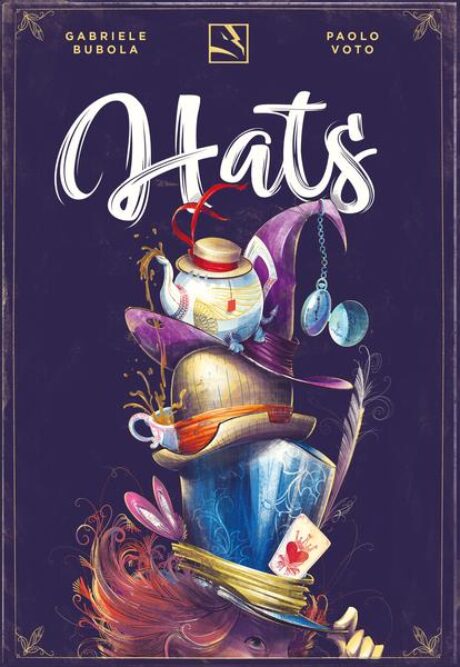
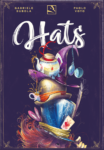

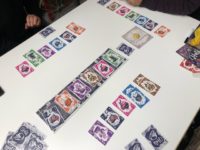


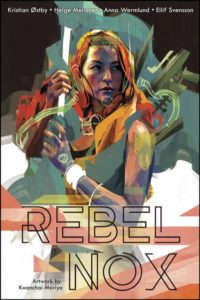


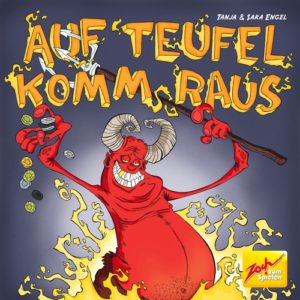
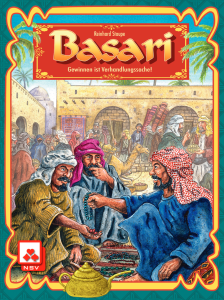
Sam says
I've played so many games over the years that encountering something unique is very rare - and that's just an observation, not an objection. But whilst Hats is no exception (there's a little bit of Botswana in there) it feels distinct. I'm not always by default an enthusiast for unusual games - I rate fun higher than uniqueness - but I do take my, ahem, hat off to a game that packs so much punch into every single decision. It is inscrutable, yes, but it really does reward repeat plays - ideally with the same opponents - and always gives you tricky decisions to make. Too opaque to be a hit with families, perhaps, but with the right group Hats could go down extremely well.